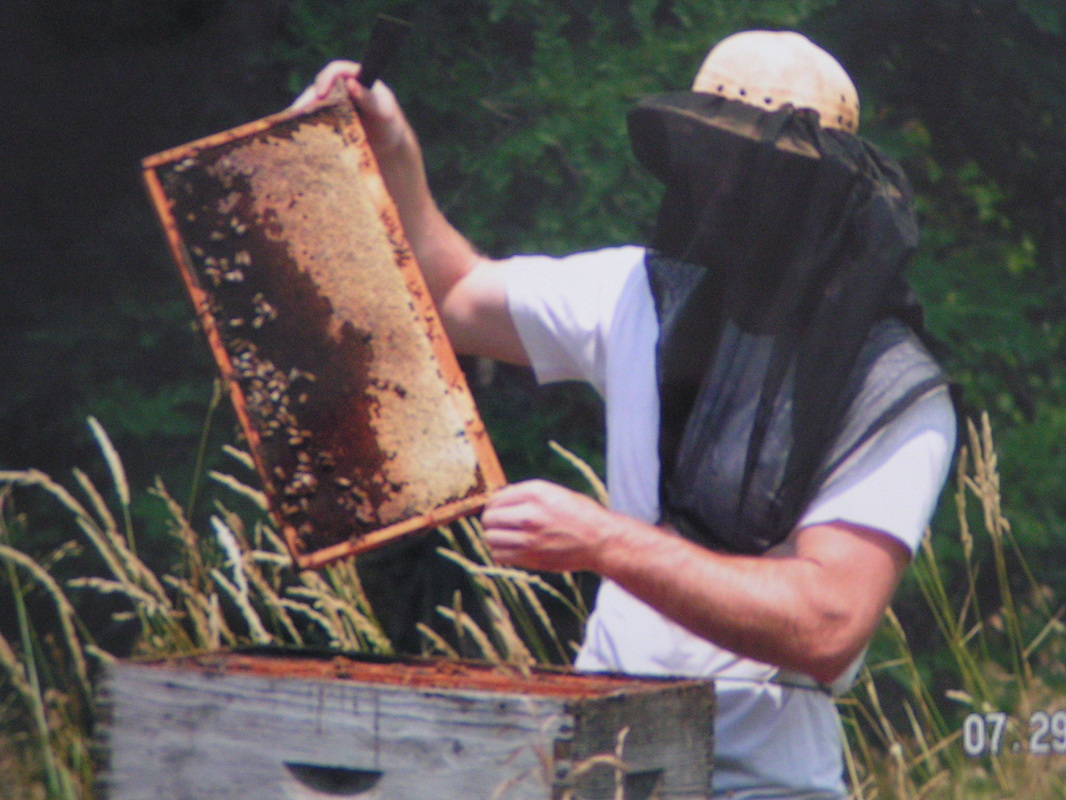Honey, of course, is the most well-known and economically important hive product. According to the U.S. Department of Agriculture’s (USDA) National Agriculture Statistics Service, honey bees made more than 148 million pounds of honey last year. With the cost of honey at a record high at about $1.73 per pound, that’s a value of over $256 million.
After honey, beeswax is the second most important hive product from an economic standpoint. The beeswax trade dates to ancient Greece and Rome, and in Medieval Europe, the substance was a unit of trade for taxes and other purposes. The market remains strong today. Beeswax is popular for making candles and as an ingredient in artists’ materials and in leather and wood polishes. The pharmaceutical industry uses the substance as a binding agent, time-release mechanism, and drug carrier. Beeswax is also one of the most commonly used waxes in cosmetics. The U.S. is a major producer of raw beeswax, as well as a worldwide supplier of refined beeswax.
But the greatest importance of honey bees to agriculture isn’t a product of the hive at all. It’s their work as crop pollinators. This agricultural benefit of honey bees is estimated to be between 10 and 20 times the total value of honey and beeswax. In fact, bee pollination accounts for about $15 billion in added crop value. Honey bees are like flying dollar bills buzzing over U.S. crops.
Luckily for the honey bees and the many crops that depend on them for pollination, FDA recently approved a new drug to control American foulbrood, a widespread bacterial disease that kills bee larvae."
New Drug Approved to Help Agriculture's Helpful Honey Bees
By Melanie McLean, DVM, Center for Veterinary Medicine, FDA

 RSS Feed
RSS Feed
